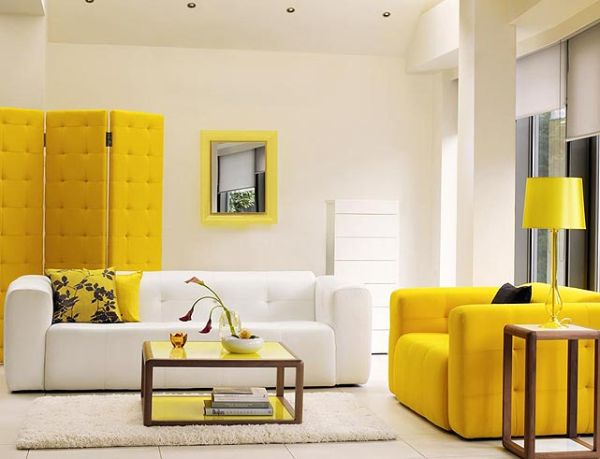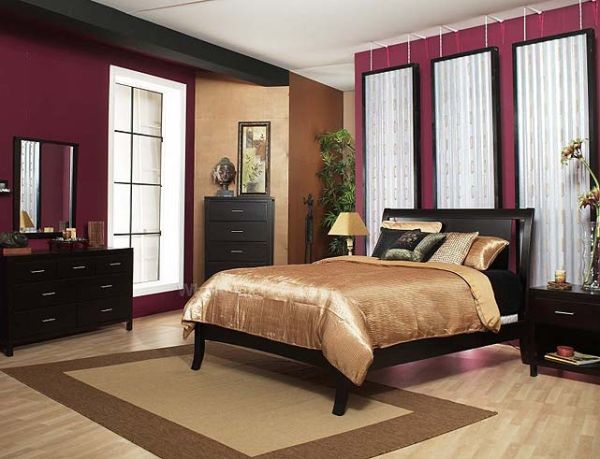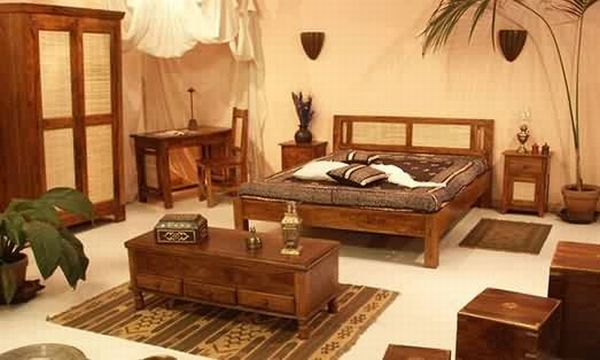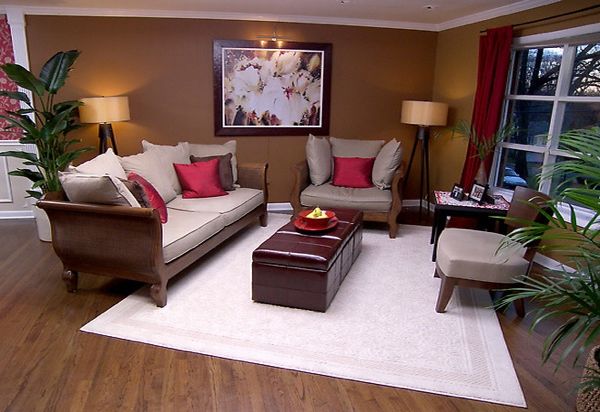Doing up the interiors of the home is usually an eagerly awaited task. Everyone dreams of living in a certain kind of home which reflects their likes and preferences coupled with necessary comfort and adornment. However, certain ideas may appeal to some and not to others, adhering to four basic decorating principles can help keep confusion and complication at bay. Let us reveal the four basic mantras here:
Harmony
Like any good composition of art, interior decoration too demands a unity of ideas. Think of your home in its entirety and harmonize its design so that each room, hallway and passage seems part of one complete whole. A scheme of complimenting colors is a good way to achieve unity and variety together. A theme of textures and materials, or a decor specific to a period, movement or region could also create a harmonious design.
.
Focus
Every room, every space in fact has one or two points or things that arrest attention. An attractive or ornate door on the outside, or a fire place, wall mounted cupboards or a television cabinet on the inside could serve as the focal point. At this focal point your theme or scheme of design should be most prominent so that it is at once apprehended and the rest of the room is viewed in reference.

Balance and Rhythm
Balance is the positioning of objects of equal visual weight at equal distance from a chosen center. Balance can be symmetric, that is, you could place similar objects on either side. Or it could be asymmetric, that is by positioning dissimilar objects of equal visual weight on each side.
Rhythm too is achieved by the positioning of objects. But here it is size rather than weight that rules. Rhythm can be achieved through repetition or progression. The same object in the same size could be used at different places in a given space. Or the same object could be placed together or at different places in progressive sizes. Rhythm and balance are also often achieved by the patterns of use of color or texture.

Proportion
Last but never the least is the design principle of proportion. Very simply put this principle of interior design tells you not to overdo or underdo any element of your design scheme. Overuse of any one color or material or idea within a space could make that space visually less soothing and aesthetically less appealing.

Designing your home interiors is a labor of love. For this labor to bear the best fruit it is advisable to let your love be guided by the sartorial sense and aesthetic logic of the above mentioned principles.




